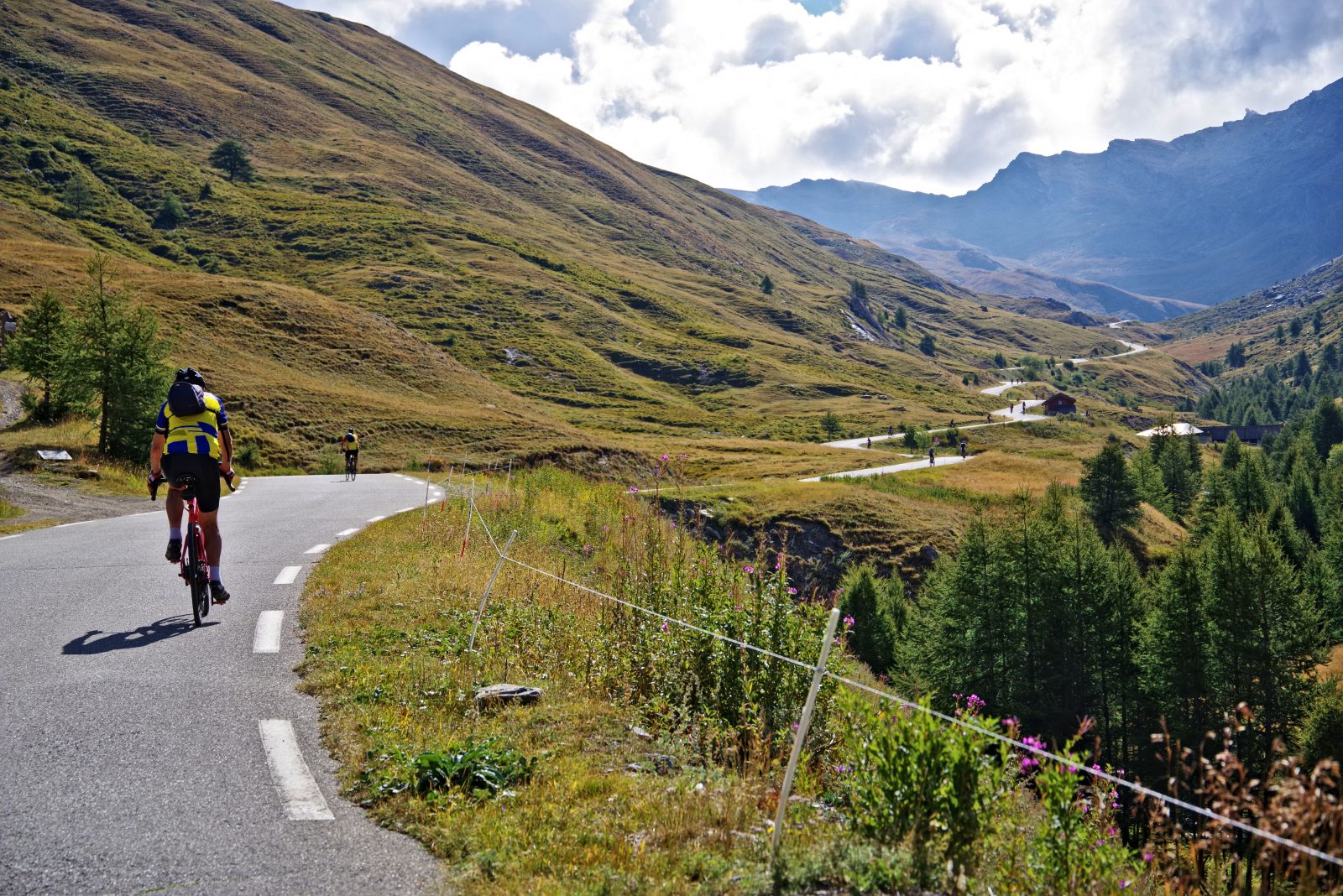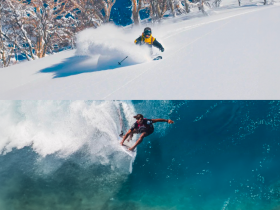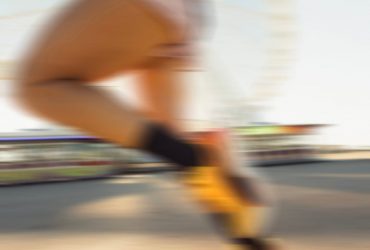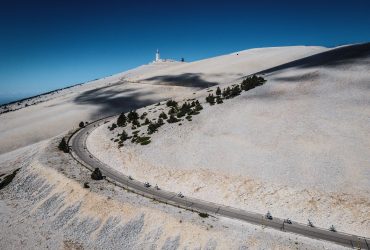This summer, the Hautes-Alpes reserved some of its legendary cols for cyclists by closing the roads to cars. We Rock Sport was there at the beginning of July to take on the cols of the Hautes-Alpes. After the first part of our article on the Italian cols, discover the second part below on the French cols of the Queyras.
After the Col de Sampeyre and Col de Pian del Re climbs in ItalyFrance proposed in turn this summer, climbs reserved for cyclists. Of course, the Galibier and Granon climbs are easy on the ears of cycling enthusiasts. And what can we say about the Izoard in the QueyrasWe Rock Sport climbed the Tour de France monument on July 7, in the company of hundreds of other cyclists. On the menu, an effort of almost 20 km and 1,094 meters of positive altitude difference, leading to sublime landscapes including the famous Casse déserte.
Col de l'Izoard
Where are we?
L'Izoard. A mythical Tour de France pass. It links the Queyras to the Briançonnais, the Guil and Cerveyrette valleys on a road built over a century ago (1897). The Izoard peaks at 2,360 meters and is probably one of the five most beautiful climbs in the Alps. The Tour de France has passed through here 36 times.
How difficult can it be?
1,094 meters of positive vertical drop, 6.9% average and passages at 12.3%. These are the figures for this pass when climbed from Guillestre in the Queyras (31 km away). This southern slope is the most difficult. It's also possible to climb it from Briançon on the north side, with an ascent of around 19 kilometers and an average gradient of 6 %, with a maximum of 9 %, and an ascent of 1,185 meters.
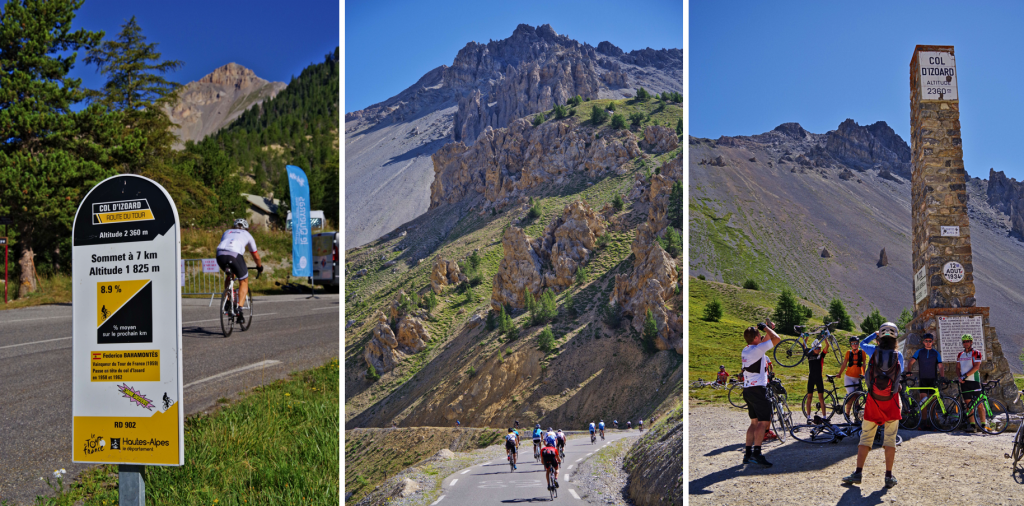
How did it go?
While the crowds were fairly reasonable in Italy, a tide of bikes accompanied us up the slopes of the Izoard on Sunday July 7. There are always plenty of cyclists coming to tackle this giant of the Hautes-Alpes, but the road closed from 9am to midday attracted even more two-wheelers. The quality of the surface is there for all to see, and does credit to this pass, which takes in the desert landscape of the Casse Déserte. This is probably the best-known section of the Izoard, not so much for its difficulty as for its grandiose scenery, which makes it worth setting foot on the ground to admire this lunar environment. This vegetation-free zone of scree and yellowish cargneous rock (a carbonate sedimentary rock) is a fascinating sight to behold as you emerge from the forest, two kilometers from the south-facing pass.
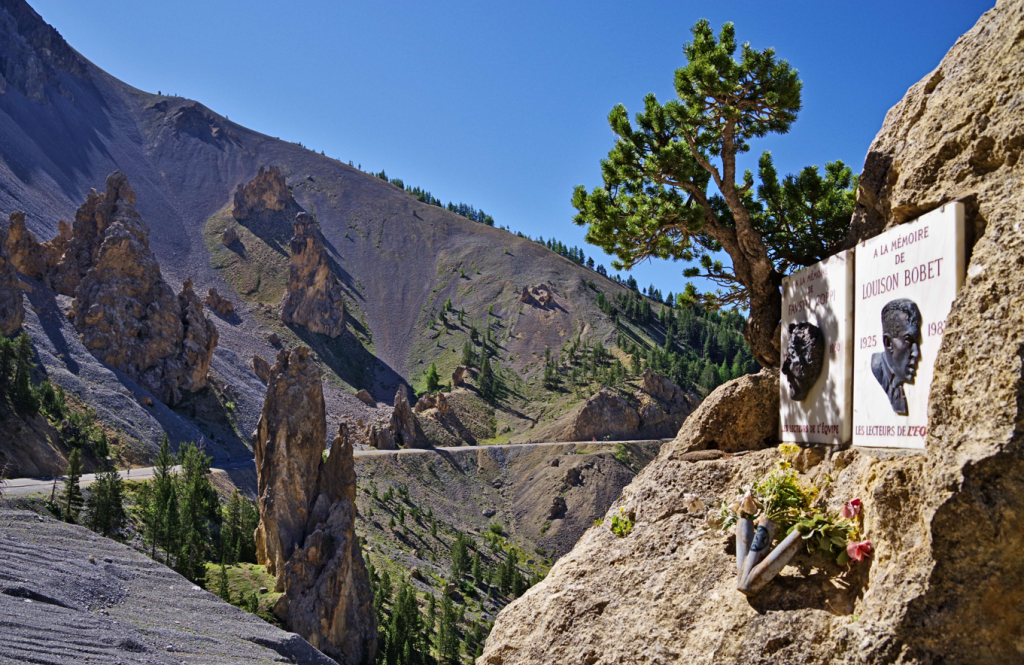
The gateway to the Queyras Regional Nature Park, l'Izoard has to be earned, and the long ascent to reach the steles of Louison Bobet and Fausto Coppi (photo above) must be mastered. At the top, the panorama is breathtaking, with views over the Écrins massif and Pelvoux, Queyras, the Swiss Alps and Savoie. Mont Blanc and Mont Viso can also be seen from the summit, which rises to an altitude of 2363 metres. Note that the Izoard is not accessible by car between November and May-June, between the hamlets of Brunissard, in the commune of Arvieux, and Le Laus, in the commune of Cervières. The pass is part of the Route des Grandes Alpes, an itinerary that crosses the Alps.
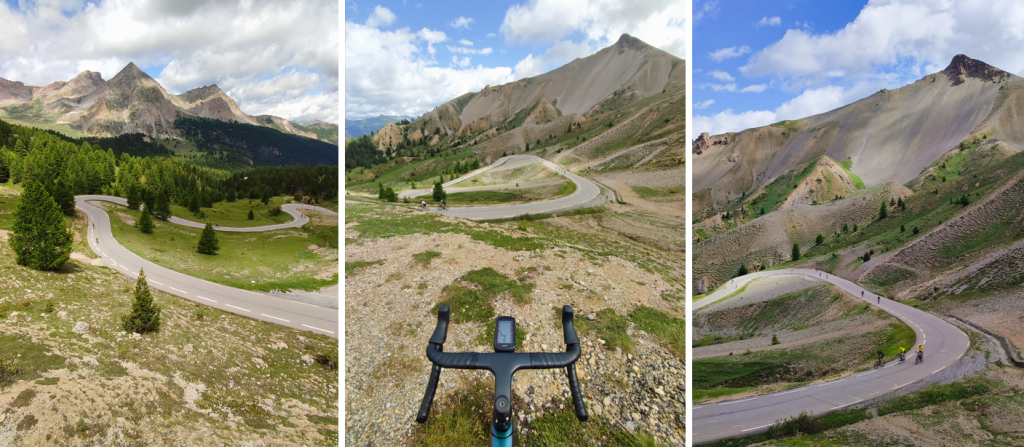
What do we do after cycling?
Why not stop off at the refuge Napoléon, located right next to the summit at an altitude of 2,290 meters? The kitchen, of course, offers mountain specialities, including excellent tarts. On the sightseeing front, the Fort Queyras stands on a rocky spur (1,384 m) that has been enthroned in the valley above the Gorges du Guil for 800 years. Originally built as a medieval castle, it was transformed into a bastioned fortress by Vauban.
See this post on Instagram
Then it's on to the Queyras Enduro Park, a small bike park in Abriès with a single lift and four downhill runs that we were able to try out for an afternoon. The site is perfect for beginners (there's a mountain bike rental shop near the chairlift), but there's also a black run reserved for experienced mountain bikers. And if you want to take your mountain biking further, the Grande Traversée des Hautes-Alpes offers a 350-kilometer route between La Grave and Laragne. When it comes to bike parks, there are 15 to choose from in the Hautes-Alpes, including Les Orres, Serre Chevalier, Vars and Puy Saint-Vincent. As for trail running, the Queyras region is obviously ideal for the discipline, as demonstrated by the Grand Raid du Guillestrois-Queyras course. In fact, we bumped into the competitors of this ultra (166 km and 11,000 D+) while we were there.
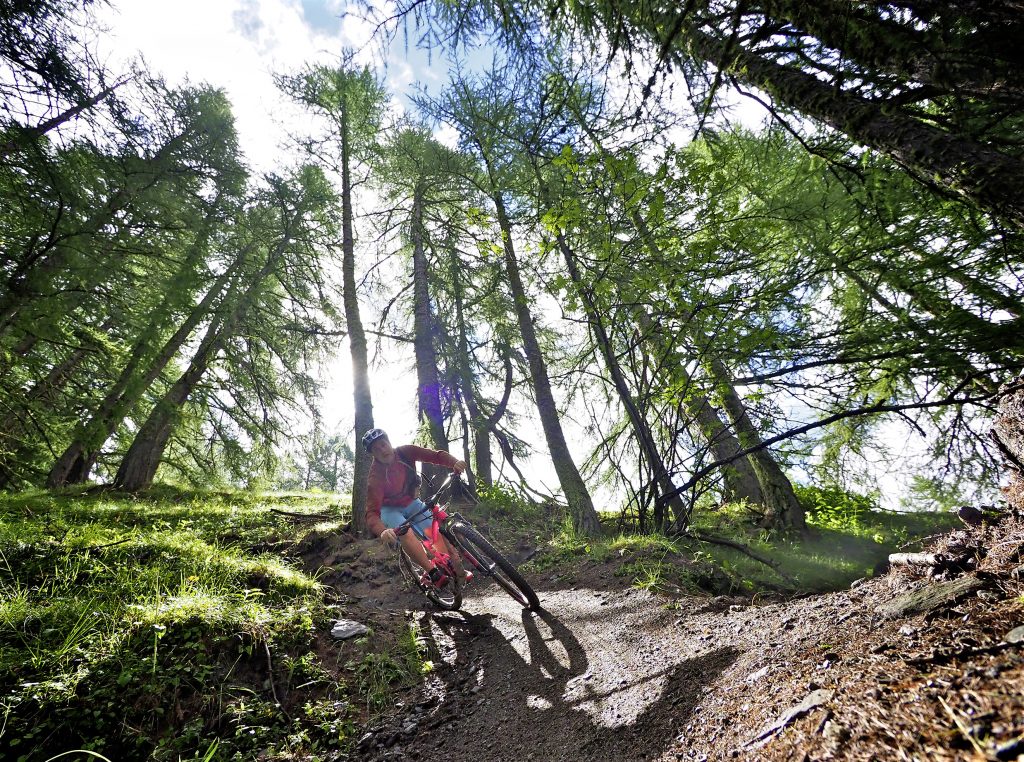
Agnel pass
Where are we?
We stay in the Queyras with the Col Agnel, which acts as the border between France and Italy. This climb takes you up to an altitude of 2,744 m, the second-highest road pass in the French Alps, just behind the Col de l'Iseran (2,764 m).
How difficult can it be?
This pass may not have the reputation of the Izoard, but it offers a nice challenge on 1,364 meters of positive vertical drop, a gradient of 6.6% and passages up to 12.8%. Just over 20 km from Château-Ville-Vieille.
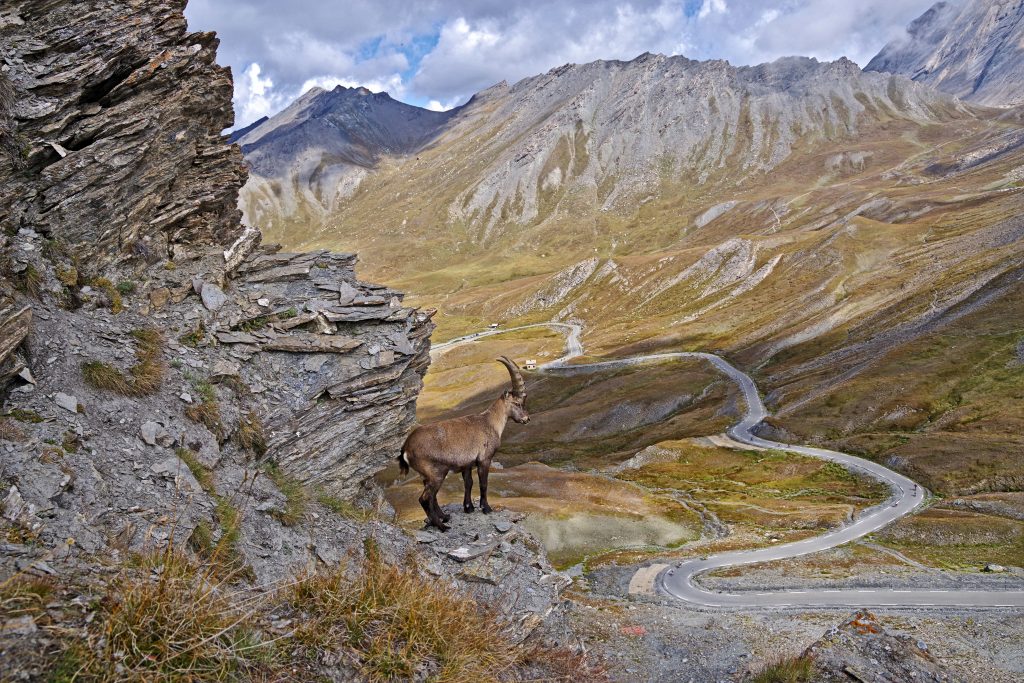
How did it go?
The French and Italians are passionate about cycling, and you only have to stand at the summit of the Col d'Agnel to realize this. On this day, the road is once again closed to cars, and people speak the languages of both countries while enjoying the generous refreshments provided by the French tourist office of Queyras and the Italian tourist office of Terres Monviso. As far as the pass itself is concerned, this out-of-category climb can sting, especially after the positive difference in altitude already accumulated over the last few days. So we attack it cautiously, even if the gradient on the French side is much less severe than on the Italian side (from Casteldelfino). We pedal along the small Aigue Agnelle river. The road is very good, and although there aren't as many cyclists as on the Izoard, this "Tournée des Grands cols" has also attracted many two-wheelers.
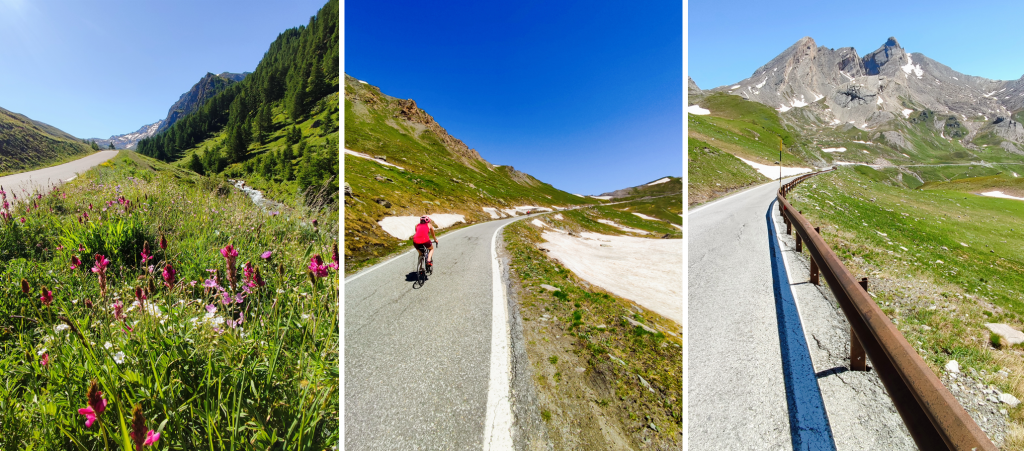
The Col Agnel has been used by both the Tour de France (2008 and 2011) and the Giro d'Italia (1994 and 2016). At the summit, a wooden monument pays tribute to Michele Scarponi, who came out on top on this pass in 2016 during stage 19 of the Giro d'Italia. The transalpine cyclist had waited on the descent for his leader Vincenzo Nibali, who was finally victorious that day. No shade for most of the climb. In July, the sun beats down hard, but the altitude lessens the effect, and the jacket is quickly put on once you reach the summit at 2,744 meters. The view over the Queyrassin side to Molines is magnificent, as you contemplate the pass and its many switchbacks. On the other side, you only have to walk ten metres or so to contemplate Italy. Up here, ibex are often to be seen, so don't be surprised if you come across one on the way up. A few snow packs are still present. The pass is only open from June to October. When you reach the top, you're met by transalpine cyclists who've just finished the tough climb on the Italian side. There's a lot of chatting, hugging and eating, before everyone heads back down their own side of the mountain. France on one side, Italy on the other.
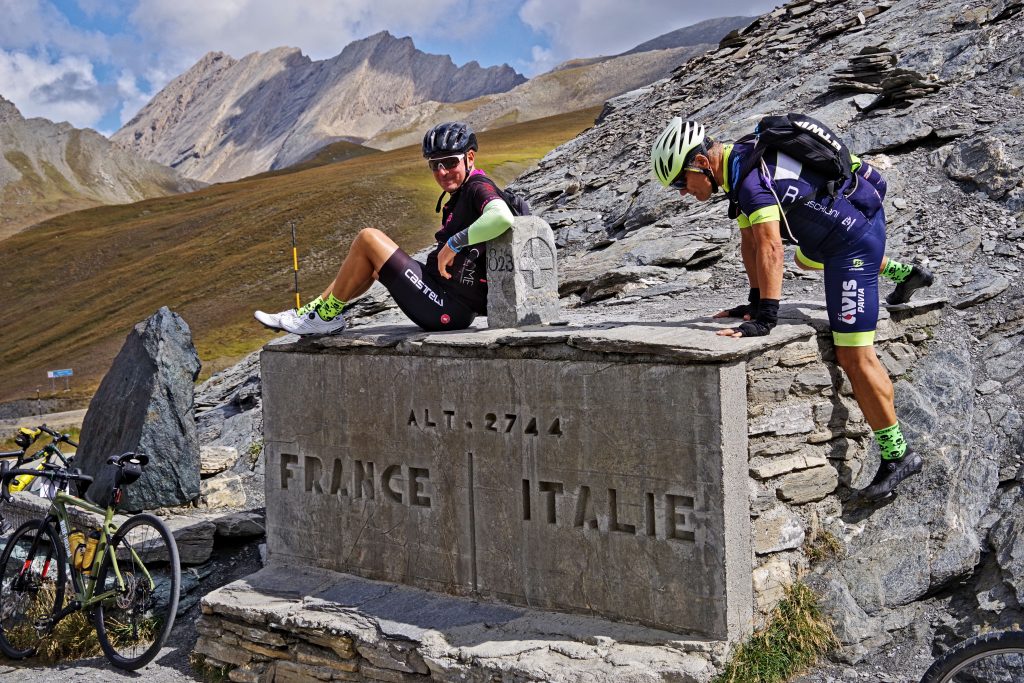
What do we do after cycling?
As with the Col de l'Izoard, there is only one refuge at these altitudes. The Agnel refuge on the French side is located before the last steep slope, and welcomes hikers and cyclists. It's an obligatory stopping-off point for those doing the Tour du Queyras. And even if you've already got your snack, you can still enjoy the refuge's terrace if you choose one of the (excellent) desserts on the à la carte menu. In terms of activities, the area is obviously ideal for nature outings, such as rafting, kayaking and canyoning in the region's torrents, lakes and rivers. But you can also opt for a more leisurely activity, thanks to the clear skies over the Queyras valleys and Guillestrois villages. A good opportunity to spend a night at the Saint-Véran Observatory, for example. The quality of the sky is also reflected in its aerology, ideal for a first gliding or paragliding experience. Last but not least, the Col Agnel will be closed to cars again on the morning of September 1. It's the perfect opportunity to sample the joys of this Hautes-Alpes pass and enjoy the beauty of the Queyras once again.
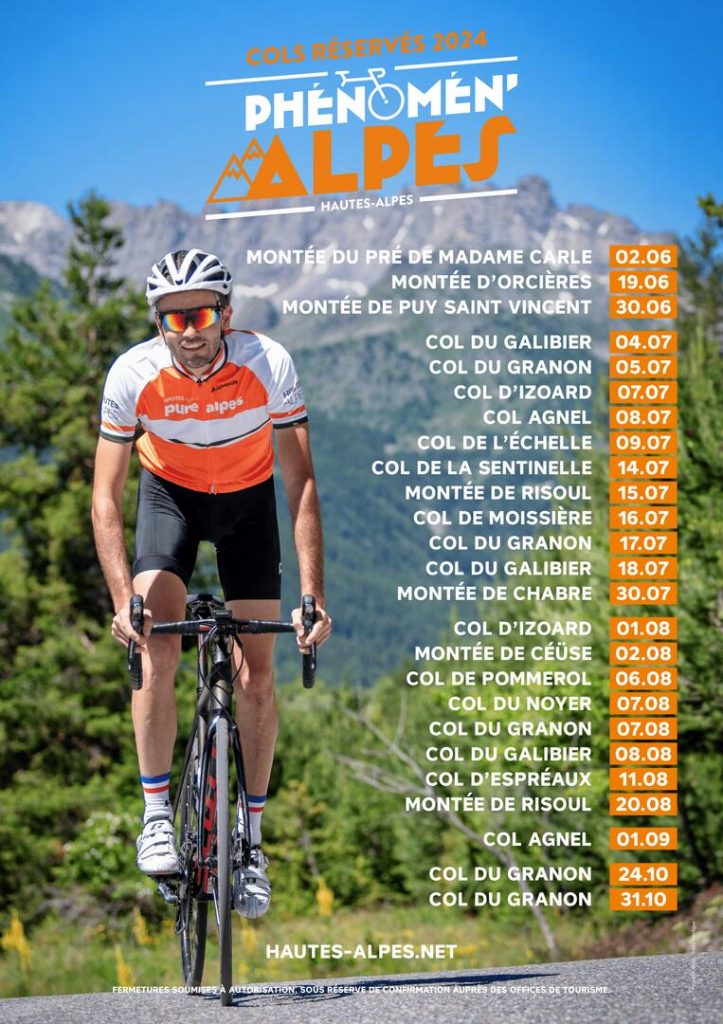
By Vincent Girard - 08/28/24






